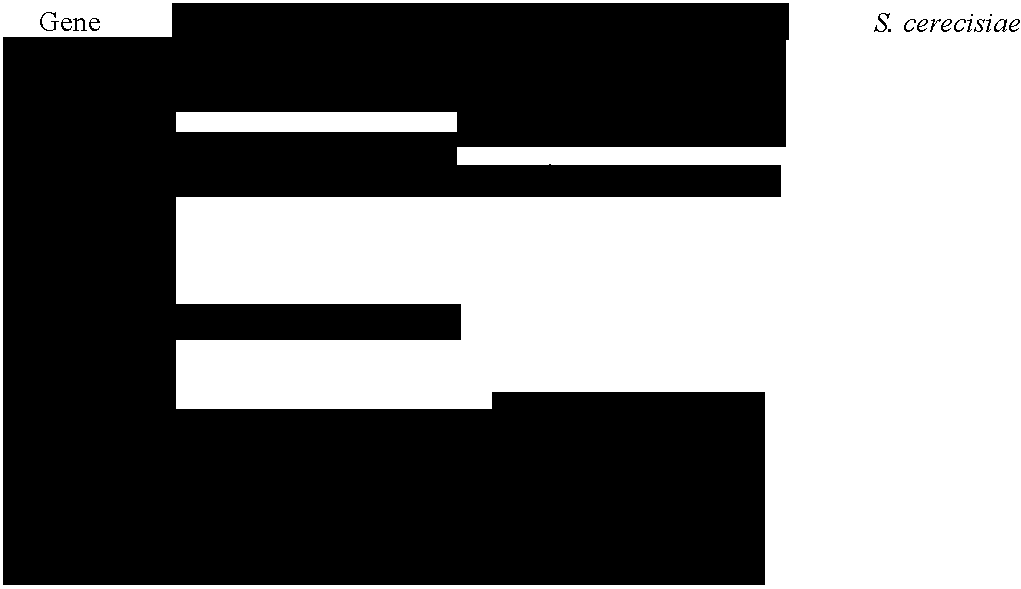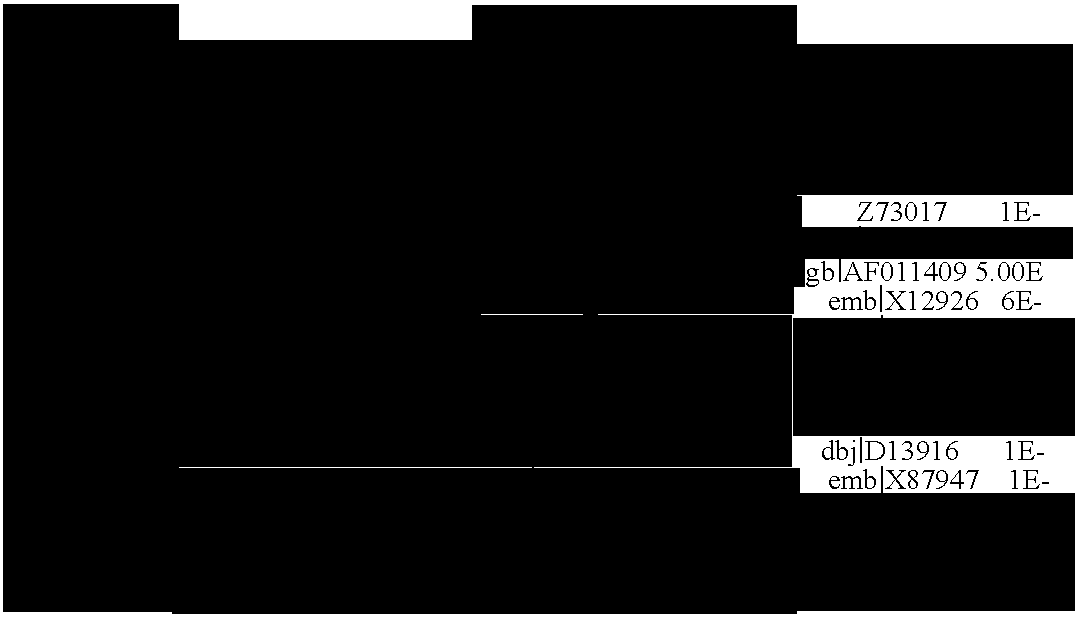Methods and compositions of ecdysozoan molt inhibition
- Summary
- Abstract
- Description
- Claims
- Application Information
AI Technical Summary
Benefits of technology
Problems solved by technology
Method used
Image
Examples
Embodiment Construction
[0087] The post-embryonic development of C. elegans proceeds through four larval stages that are separated by periodic molts when the collagen-like cuticle that encases the worm's body is shed and synthesized anew. As reported in more detail below, genes important for molting in C. elegans were identified by the present inventors through a genome-wide screen using bacterial-mediated RNA-interference (RNAi) to reduce gene function. Molting (mlt) gene inactivation by RNAi caused larvae to become trapped in old cuticle while attempting to molt. Inactivation of these genes, their orthologs in Ecdysozoans, or their encoded proteins by genetic or chemical means is expected to block molting and larval development in virtually any Ecdysozoan (e.g., nematodes and insects).
[0088] Four classes of genes central to molting function have been identified. The first class includes mlt genes that function specifically in nematodes (e.g., C09G5.6, C17G1.6, C23F12.1, C34G6.6, F08C6.1, F09B12.1, F16B4...
PUM
| Property | Measurement | Unit |
|---|---|---|
| Fraction | aaaaa | aaaaa |
| Volume | aaaaa | aaaaa |
| Volume | aaaaa | aaaaa |
Abstract
Description
Claims
Application Information
 Login to View More
Login to View More - R&D
- Intellectual Property
- Life Sciences
- Materials
- Tech Scout
- Unparalleled Data Quality
- Higher Quality Content
- 60% Fewer Hallucinations
Browse by: Latest US Patents, China's latest patents, Technical Efficacy Thesaurus, Application Domain, Technology Topic, Popular Technical Reports.
© 2025 PatSnap. All rights reserved.Legal|Privacy policy|Modern Slavery Act Transparency Statement|Sitemap|About US| Contact US: help@patsnap.com



